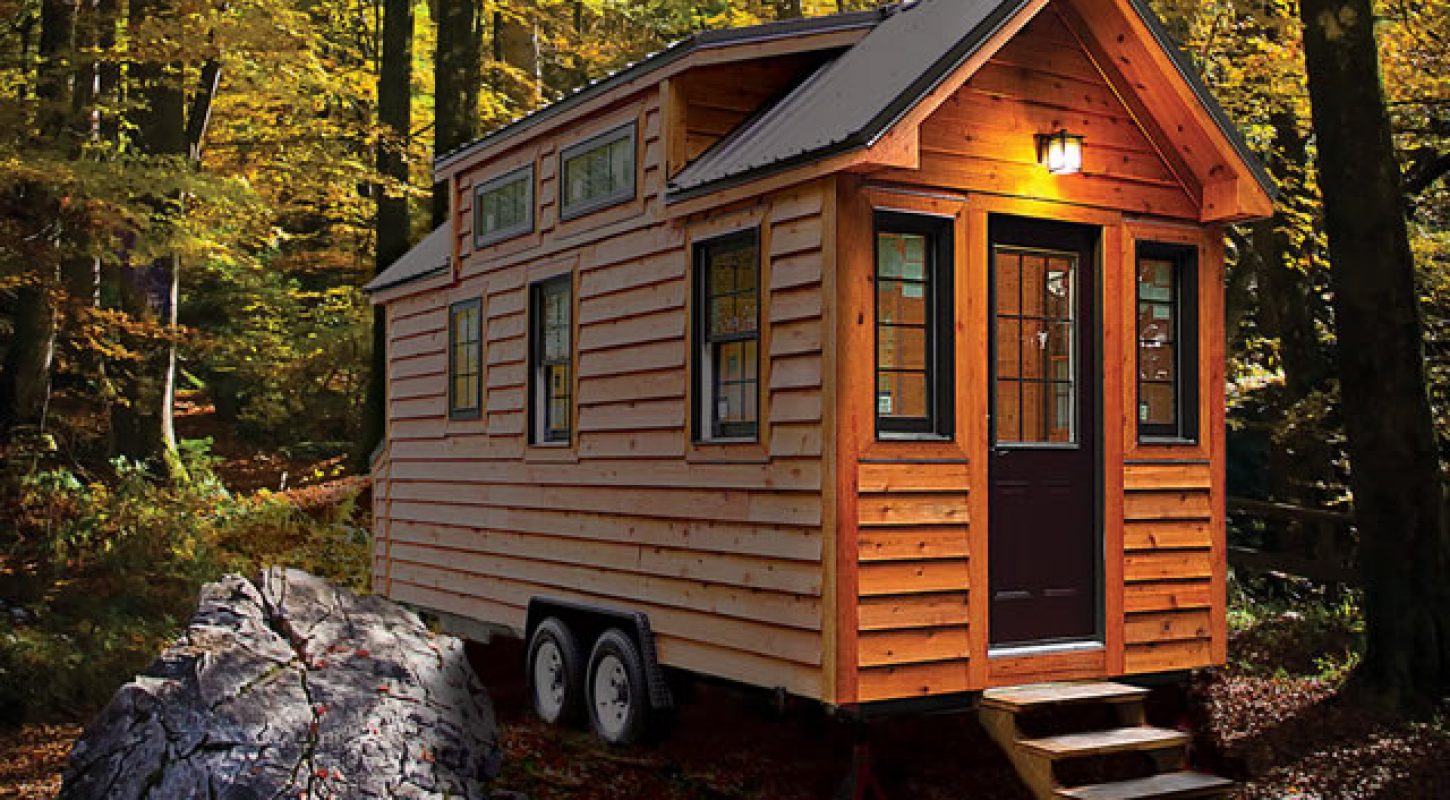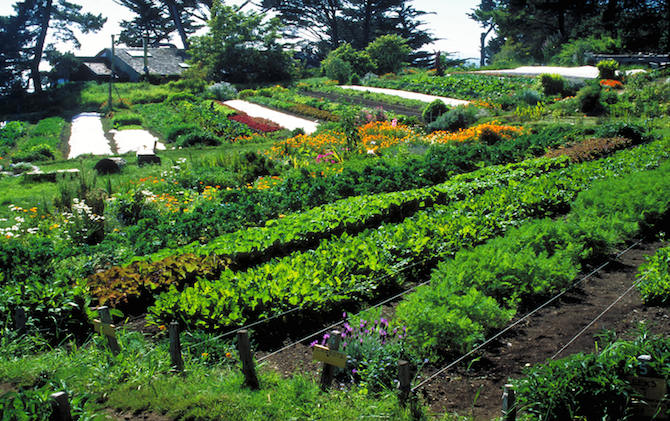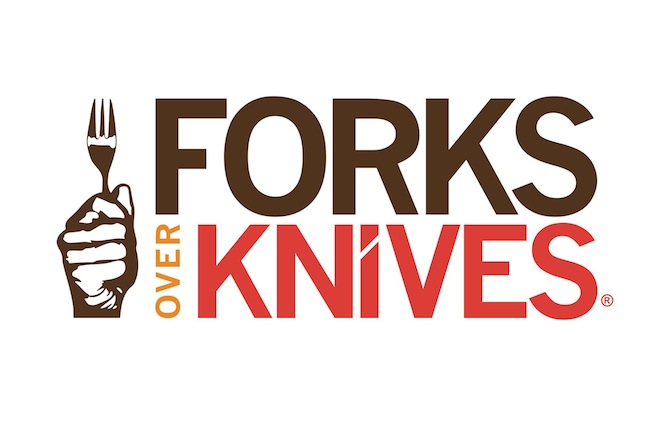With less square footage, less wasted space, less expensive heating/cooling bills and less impact on the environment, tiny houses are becoming a popular alternative to large, more expensive traditional homes (there’s even a new TV show about tiny houses). To learn more about the tiny house movement, we interviewed Austin-based expert Dave Shatto.
What are tiny houses?
Tiny houses are homes that are smaller than the typical American home. To put it in perspective, the typical American home today is approximately 2500-3000 square feet. The average tiny house ranges from about 100-200 square feet.
What are the primary differences between tiny houses and a traditional house?
Traditional houses must meet local minimum size standards, but many tiny houses are smaller than these standards, so they are often built on a trailer. This allows the builder to fall under the building codes of mobile homes.
What’s wrong with traditional homes?
One inexpensive way to increase profit margin is by increasing square footage. It is far more difficult to increase usability. To increase profits, the housing industry and banks have been increasing the size of homes regularly since the 1970s and 1980s (the average home size in 1950 was half of the current size). Homebuilders have also been using inferior products as compared to historical building construction.
Do tiny houses have plumbing, heat, and air? Are there any amenities (other than space) that tiny houses lack in comparison with traditional homes?
Tiny houses may have the same amenities as any typical home. The smaller spaces of tiny homes often ensure an efficient design and layout. Owners of tiny homes are more likely to research and invest in alternative technologies though, such as composting toilets, water saving shower setups, more compact kitchen appliances and tankless water heaters.
What cities have embraced tiny houses?
The City of Spur, Texas has taken it upon itself to make a resolution stating that the city is tiny house friendly. Other than that I do not know which cities are particularly pro tiny house, but people all over the US connect through the tiny house movement.
What are the environmental benefits of living in tiny homes?
The environmental benefit of living in a tiny home is primarily decreased heating/cooling costs. The major benefits to society that living in a tiny house presents, is that of a connection to each other and nature. Having such a small home to live in allows the individual greater opportunities to be outside and greater financial resources due to a smaller debt burden.
Can families live in them, or are they designed just for couples or individuals?
Tiny homes on a trailer may be a tight fit for a small family. This is up to the family to decide. However, the typical American home in the 1950s was 500 square feet and only had one bathroom. Families were larger in the past as well. Families have been living in homes of this size for many, many years without any ill effects. I do not see why we would not be able to return to this style of living.
Why aren’t tiny homes more popular? Do people object to them? If so, why? Is it just a matter of people not knowing about them?
I think that tiny homes are mostly misunderstood within a society that operates with several different value systems. It seems as though the predominant value system of individuals for the last several decades has been the belief that greater consumption and a bigger house represented wealth. There are others who simply go along without any particular value system and simply follow the current “big house” trend. I believe that those who value tiny homes do so because they believe that wealth is found in the strength of relationships, between individuals, the self, and the world outside. Tiny house enthusiasts are individuals who choose to live within the world, amongst nature and other individuals, instead of isolating themselves from the world in a “McMansion.”
What are the obstacles to building tiny homes? Can you do it yourself, or are there contractors who do it?
There are many industrious individuals who have never built anything before in their lives who are successfully building tiny homes. These individuals may take a year or two to accomplish this, all the while learning a valuable skill. Those who do not wish to build their own home have several resources. The internet is a great tool for finding some of these tiny home builders. Some examples here in Texas are Tiny Texas Houses, Texas Tiny Homes and Tumbleweed Houses.
How much are tiny homes?
Tiny homes are not cheap, but since they are so much smaller than traditional homes, they end up costing far less ($50-60k versus $100-200k). The cost of a typical home may be $100 a square foot. The cost of a tiny house may jump to $200 – $300 a square foot. However, the price jump is based upon much higher quality construction. Furthermore, paying more per square foot while decreasing size tremendously will decrease your overall costs for your home.
***
Thank you, Dave!
What do you guys think of tiny houses? Would you live in one, or do any of you live in one already? Share your thoughts in the comments.
About Dave Shatto
Dave Shatto works at Baldrige award-winning St. David’s Medical Center in Austin while pursuing a B.S. in agriculture at Texas State University. He also holds a Natural Chef certificate from Central Carolina Community College. Previously, he worked as an EMT for nationally recognized Austin EMS and was a member of the U.S. Marine Corps.
Photo Credit: Tiny Home Builders
I love the principals and possibilities that Permaculture offers for hea…




